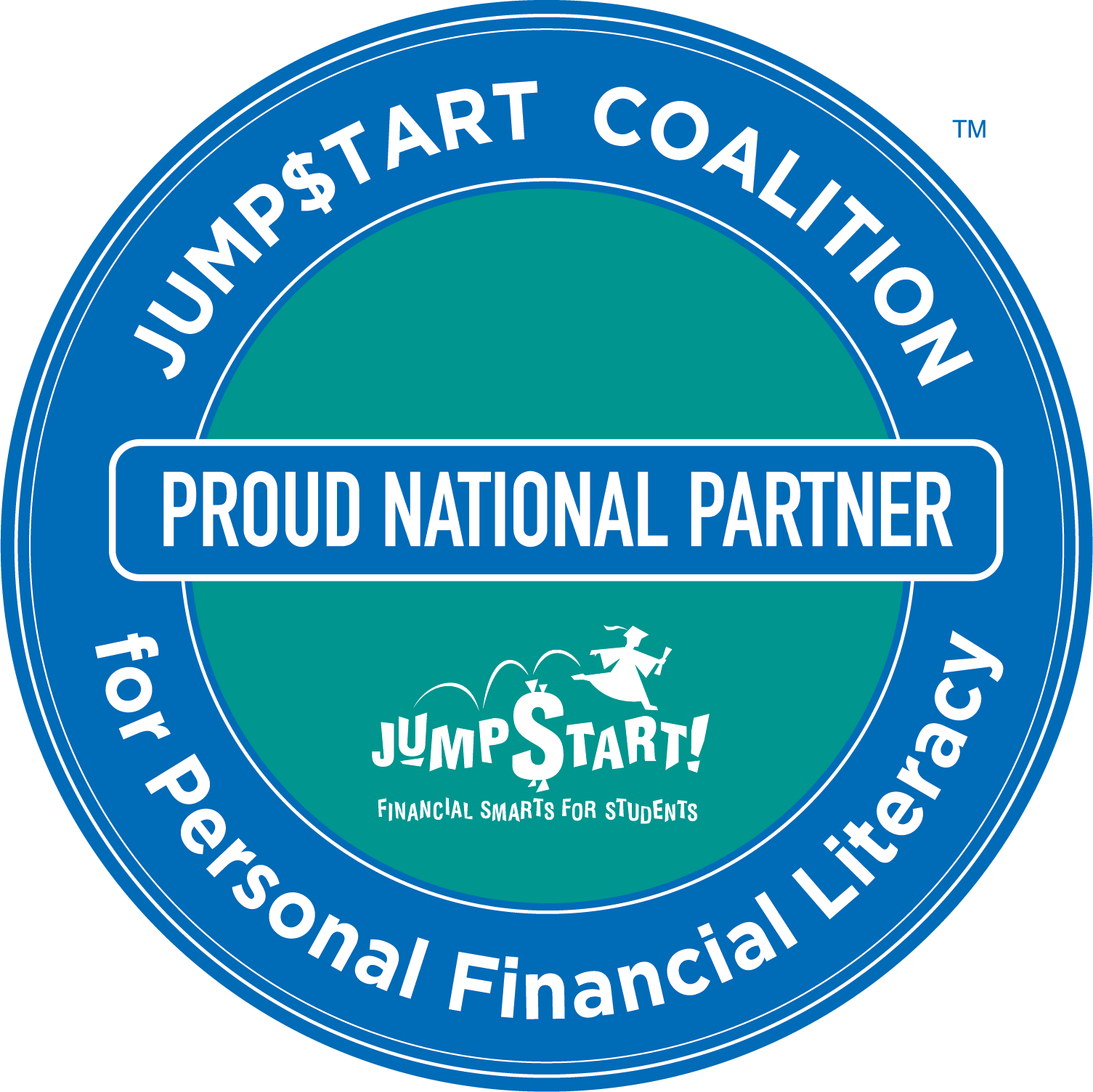It’s been a while since we’ve seen a high-profile or large bank failure in the United States, but it’s recently happened again. Silicon Valley Bank failed in early March, followed by the failure of Signature Bank. Silicon Valley Bank’s failure was actually the second-largest bank to fail in American history, too.
While it may seem odd that a bank can be fine one day and then simply collapse the next, there are some reasons that it happens — and it probably happens a bit more often than you’d think.
What is a bank failure?
A bank failure is when a bank, well, fails. Its business model falls apart, and it can’t get funds back to its depositors. To simplify things, banks generally take deposits from people, keep some of that money in-house, and loan out the rest while charging interest. That’s more or less how they make money — there are many, many other things at play, but that’s the 101 version.
A bank can fail, though, when depositors want their money back, but the bank has loaned it out and can’t cover the requests. They’re out of money, and can’t continue to operate. There are a lot of reasons that that can happen, too, and it’s not always clear as to what’s going on behind the scenes.
In the case of Silicon Valley Bank, it had invested a large portion of its depositor’s funds into bonds. Bonds tend to be very sensitive to interest rates, and because interest rates have been going up at a very fast rate, many of the bonds it had purchased were worth less than what Silicon Valley Bank had initially paid for them. Then, a bunch of depositors demanded their money back — something called a “bank run” — after some hedge fund managers sparked a bit of panic.
It’s worth noting, too, that Silicon Valley Bank is a bit different from most other banks in that it mostly works with businesses, not individuals, in Silicon Valley. So, a lot of tech startups with high amounts of venture capital — not necessarily checking accounts for the average American.
That was all it took. Silicon Valley Bank collapsed, and the federal government had to step in and take over. Specifically, the FDIC came in to insure some depositors’ money. It’s unclear what will happen to the rest.
What happens after a bank failure?
Bank failures happen fairly frequently. In fact, between 2001 and 2023, 563 banks failed, with most of them going under during the financial crisis between 2007 and 2014. In the last couple of years, though, there haven’t been any. The last bank to fail was in Kansas which collapsed mostly due to a customer’s fraudulent activities (again, there are a lot of reasons banks can fail!).
What happens next, though? It depends on the bank. In 2008 and 2009, huge banks failed, and the government stepped in to bail them out. That doesn’t usually happen, but can happen. Other failed banks can be liquidated and their assets sold. Some are bought by other banks, and folded into their business operations.
It simply depends.
What you need to know, though, is that depositors are insured by the FDIC for up to $250,000. That means if your bank fails and you have less than $250,000 in the bank, the federal government will pay you back. If you have more than that? You may be out of luck.
Again: Bank failures aren’t common, but they do occur. No bank is completely, 100% safe, and you should do your due diligence when deciding where to do your banking. You probably shouldn’t worry about your bank failing, however. But recent events do serve as a reminder of what can and does, happen.
Check out the Money Vehicle textbook — you can find it here on Amazon. And if you like what you see, you can get more content sent directly to your inbox! Sign up for the Money Vehicle Movement Newsletter!
And check out our white paper: “Strategies for Increasing Financial Literacy Rates Among High School and College Students”
More from Money Vehicle:









